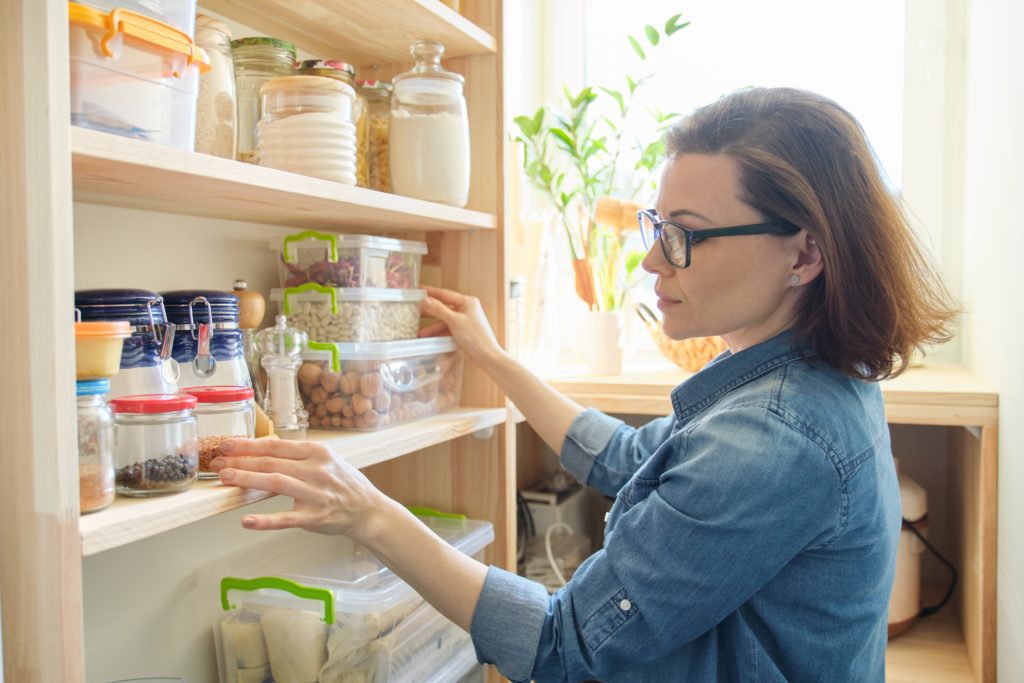
It costs a lot these days to put food on the table. It costs a lot more if you don’t protect and preserve that food from moisture.
The Consumer Price Index (CPI), a measure of economy-wide inflation, increased by 0.9 percent from January to February 2022. Since 2021 the index has risen 7.9 percent! In 2022, food-at-home prices are predicted to increase between 3.0 and 4.0 percent! So, it’s important to keep the things you do buy away from the damaging effects of excess moisture.
Dehumidifiers to Make Food Last
How does excess moisture make your food spoil faster?
Read below to discover how humidity can affect the shelf life and quality of your stored food and what you can do about it.

- Excess moisture content in foods provides ideal conditions for the growth of bacteria, yeast, and mold.
- Powdered foods like eggs, milk, juice drinks, protein shakes, sugar flour, and spices can clump when the moisture content in the ambient air is high.
- Snack foods like chips, crackers, and cookies can become stale due to exposure to excess moisture.
- Keeping pet food away from temperature fluctuations and moisture will keep it fresh.
- Improper food storage is a leading cause of spoilage. If your house is warm and humid, fruits and veggies left in the open will spoil quickly.
- Moisture can also lead to the breakdown of some packaging materials (paper degradation and metal rusting).

- The recommended storage temperature for the best quality and most extended shelf life of MREs (Meals Ready to Eat) is between 50° F (or lower) with no relative humidity.
-
- Moisture will harm dry and liquid-packed canned goods and should be kept to a minimum.
- Why do bottles of wine need certain humidity levels? Simple. The corks. The recommended humidity level is 70 percent.
- Grains, flour, cereals, pasta, herbs and spices, sugar, salt, coffee, tea, nuts, and meat should also be stored in dry, low humidity locations.
The 6 Golden Rules of Dry Food Storage

- Keep food items at least 6 inches off the floor.
- To allow for ventilation, shelves should be placed some distance from the walls.
- The humidity in your dry storage should be no higher than between 50-55% to maintain food quality for as long as possible.
- Keep your storage area clean to avoid attracting pests.
- As much as you possibly can, store your food in its original packaging.
- Food from open packages should be stored in air-tight containers with clear labels that identify what the food item is, indicate when it was transferred from its original container, and any relevant dates.
RH Chart of common foods for storage
